A sunroom adds value to your property, creates a new space for the family to relax, and increases the home’s square footage. If you have recently considered adding a sunroom to your house, start here and learn how to choose the right one for your home. This guide includes a description of different sunroom types and suggestions on where to build one. There is much to unpack about choosing a sunroom for your home, so let’s get started.
Where Should a Sunroom Go?
Deciding where to put your sunroom might sound easy, but it could depend on the weather and the direction your house faces. Suppose your home faces north; adding a sunroom to the southern part of the house will make sense because that’s where you’ll get the most sun, but you’ll also have to cool it more.
You could also install your sunroom on the east side of your house. This will provide ample shade and sunlight, allowing more control over the temperature inside the room. Still, your solarium should generally face south if you want the most sun.
Types of Sunrooms
There are many types of sunrooms to pick from—this list makes selecting a sunroom style easier for homeowners with specific wants and needs.
Three- and Four-Season Rooms
Three- and four-season rooms are as they sound—they are sunroom-style spaces enjoyed for most or all of the year. The difference is that a four-season room is ventilated enough to enjoy year-round, while you can only use a three-season room for about half the year. Typically, three-season rooms are functional throughout the warm months and a fraction of the cooler months, so they are only usable until around the end of November.
Solarium
A solarium is a glass-encased structure that gives unobstructed views of the outdoors. Think of a solarium as a second room with a view. These rooms are installed with one-inch-thick double-paned insulated glass that keeps the room’s temperature consistent throughout the day.
Sunroom
A sunroom is a room with glass windows that, like a solarium, keep the room insulated so the temperature doesn’t fluctuate throughout the day. It also gives homeowners exceptional views of the outdoors. These rooms typically have a roof made from the home’s material or that has matching features, so it blends in.
What Is the Difference Between a Solarium and a Sunroom?
A sunroom is like a solarium with minor differences. One of the things that makes a sunroom different is that it has a roof made from the same materials as the main home. Additionally, sunrooms are easy to add to any part of the home, including an unused exterior porch.
Attached Lean-To Greenhouse
One of the reasons someone might want a sunroom is so they have space for plants. Sharing a structure and construction style similar to a traditional sunroom, an attached lean-to greenhouse offers more ways for natural light to enter and better control of humidity and temperature. Create a better environment for your garden by building this sunroom style with glass panes. A greenhouse also works well as a sunroom, so you can appreciate time in the garden or enjoy your landscape’s views.
Enclosed Porches and Screen Rooms
An enclosed porch includes windows with modifications that allow air to flow through. Compared to a screened porch, which doesn’t have windows over the screens to block airflow during the cold season, an enclosed porch naturally doubles as a sunroom.
Gable Attached
A traditional gable attached room has a sloped roof. The roof is triangular-shaped, with slanted or straight walls which extend the eaves to the peak. The gable attached room also gets its name from the roof style. The cathedral-style interior ceiling gives the room extra dimension and feels like you’re in a different space from your home.
How To Pick a Sunroom Style
Choosing a sunroom type for your home should get easier now. Start by determining your needs—this will affect your decision more than your wants. Anyone looking for additional entertainment space can use a sunroom for that. A sunroom is a perfect substitute for the living room.
Retiring to another part of the house during the day is all a homeowner wants—especially with a big family. The best sunroom for this type of person is a three- or four-seasons room. It will provide a peaceful domain for anyone seeking solitude after a stressful day.
A homeowner working from home may need a designated space to focus while working and a view to look at when they need to get up, stretch their legs, and take a break. The work-from-home lifestyle begs for a sunroom because it’s great to use all year.
Are Sunrooms Energy Efficient?
Sunrooms are designed to be energy efficient. Many sunrooms have glass that keeps the temperature and humidity consistent, so it’s possible to use them every day of the year. Make your sunroom energy efficient by utilizing vinyl or wood in construction and installing double-paned or gas-filled windows for better insulation.
How Should You Heat and Cool a Sunroom?
Air circulation is essential for any sunroom. The best way to modify the room for constant airflow is to install ceiling or wall-mount fans that allow the blades to spin counterclockwise. Exhaust fans efficiently replace the hot air inside of the room with cooler outside air. Jalousie windows can provide passive ventilation. Make sure to pick the proper ventilation options based on how you plan to use the space.
Sunroom Roof Types
Sunrooms require a new roof when adding it as an extension to the house. You might want to choose the same roof pitch for your sunroom as your home. Sturdi-Built offers 4/12 and 6/12 roof pitches for lean-to sunrooms and 4/12, 6/12, 9/12, and 12/12 pitches for gable attached sunrooms.
Single-Slope
A popular, economically-sound roof option is the single-slope roof. This roof slopes from a building’s highest point, making the top appear taller.
Gable
The gable roof is also called an A-frame. It features a beam perpendicular to the room’s attached walls. These sloped angles create cathedral-like ceilings.
Straight Eaves
Straight eaves are a popular roof style for solariums. These roof panels add a nice transition from the roof to the front of the house.
Glass
A glass roof works on any sunroom, but it’s perfect for an attached greenhouse. Glass panes filter out heat while allowing the sun to shine through. You can make a glass roof more sustainable by using the window glass glaze in the glass greenhouse kit from Sturdi-Built. Our greenhouse kit comes with the materials and tools you need to assemble your attached greenhouse.
Polycarbonate
When attaching a structure to your home, coding may require the roof glazing to be either tempered glass or twin wall polycarbonate. This is because both options are far more capable of withstanding an impact from overhead of the greenhouse than standard window glass is. In addition to being a safe option, twin walls will also provide more insulation and filter light and will reduce glare when you are inside the greenhouse.
Improve Your Home With a Sunroom
One of the things a sunroom does to improve your home is increase its square footage. Everyone wants an extra space in the house to go to when they want to be alone, but not everyone has that. You can make your home a relaxing place by adding a sunroom. Now that you know how to pick a sunroom for your home, let’s find the right kit for you. Sturdi-Built carries sunroom kits made from natural redwood. Redwood sunroom kits are the finest around and something you’ll appreciate long-term.
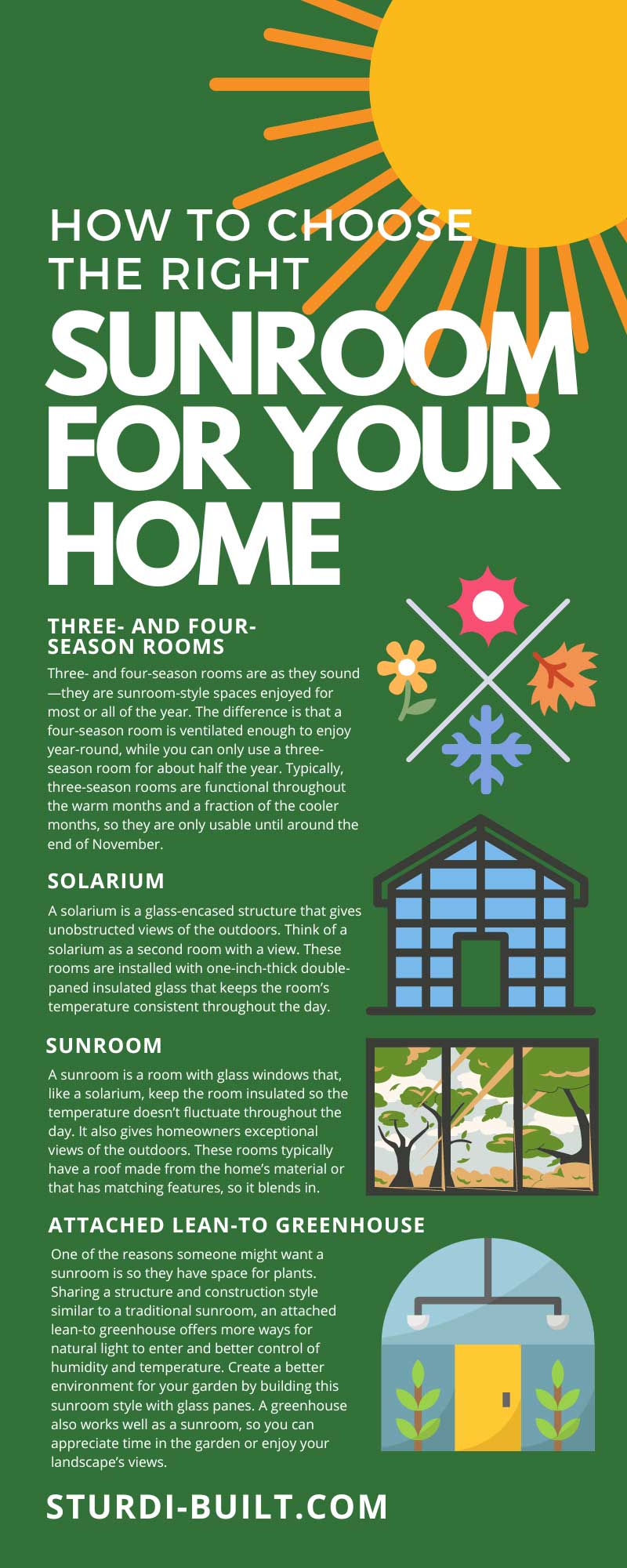





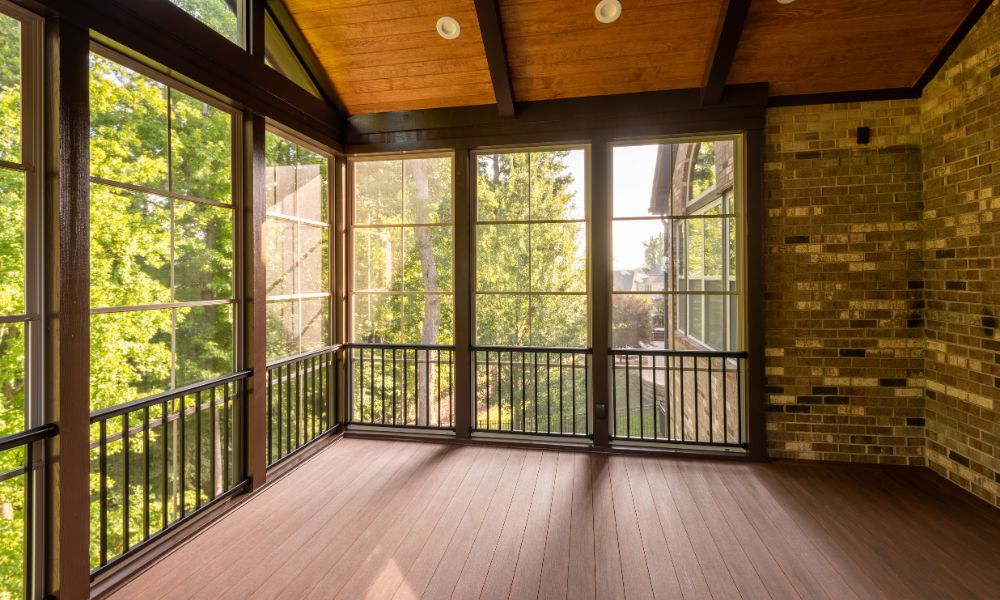

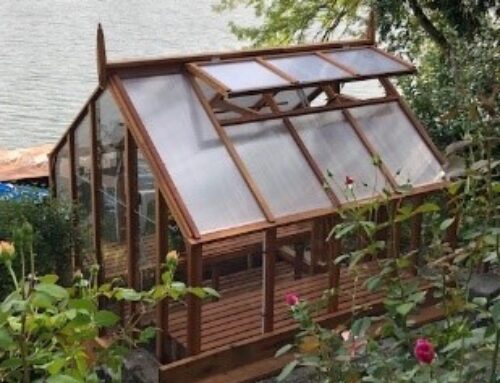
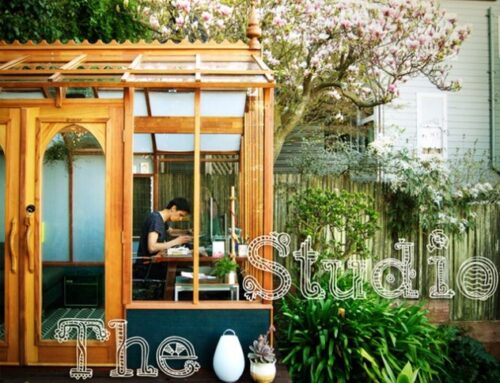
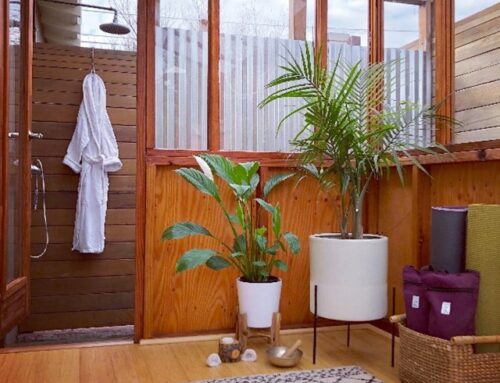
Leave A Comment